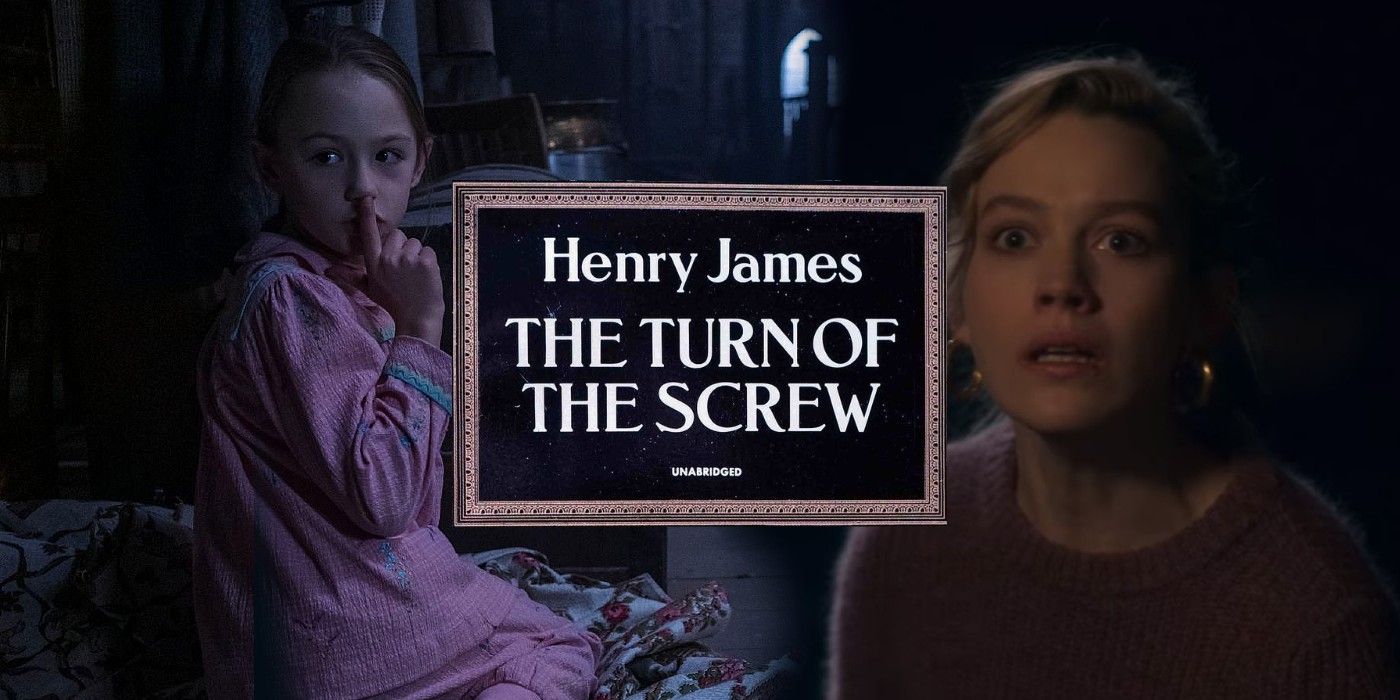
WARNING! Major spoilers for The Haunting of Bly Manor ahead.
Mike Flanagan's The Haunting of Bly Manor is adapted from Henry James's 1898 novella The Turn of the Screw, but how faithful does the series stay to its source? Here's everything that the Netflix original changed and why.
The Turn of the Screw has been adapted several times. Earlier this year, Floria Sigismondi debuted her interpretation of the novella with The Turning starring Finn Wolfhard and Mackenzie Davis. However, it was an overall underwhelming movie that The Haunting of Bly Manor's positive reviews has already surpassed both in terms of fan reaction and critics. Flanagan's The Haunting series is no stranger to success, especially in regards to his 2018 adaptation of Shirley Jackson's 1959 novel The Haunting of Hill House. Anthologies have proven to be a highly successful method to capture an array of horror stories without growing stale in the process; for instance, Ryan Murphy's American Horror Story. Flanagan's series tackles creating a new and exciting story for each installment of his series with an iconic literary horror story as its framework.
Adapting a book into a television series or movie can be a difficult process, especially when one chooses such notable works as The Turn of the Screw. It is known as one of the most nuanced gothic horror stories to come out of the 19th century and even ushered in a new theoretical framework called New Criticism. As fans of the novella and the author will discover, Flanagan has made some drastic changes to the original story as well as adding in other works by Henry James in order to add layers to The Turn of the Screw's original characters. Here is every major change to the original 1898 novella in The Haunting of Bly Manor.
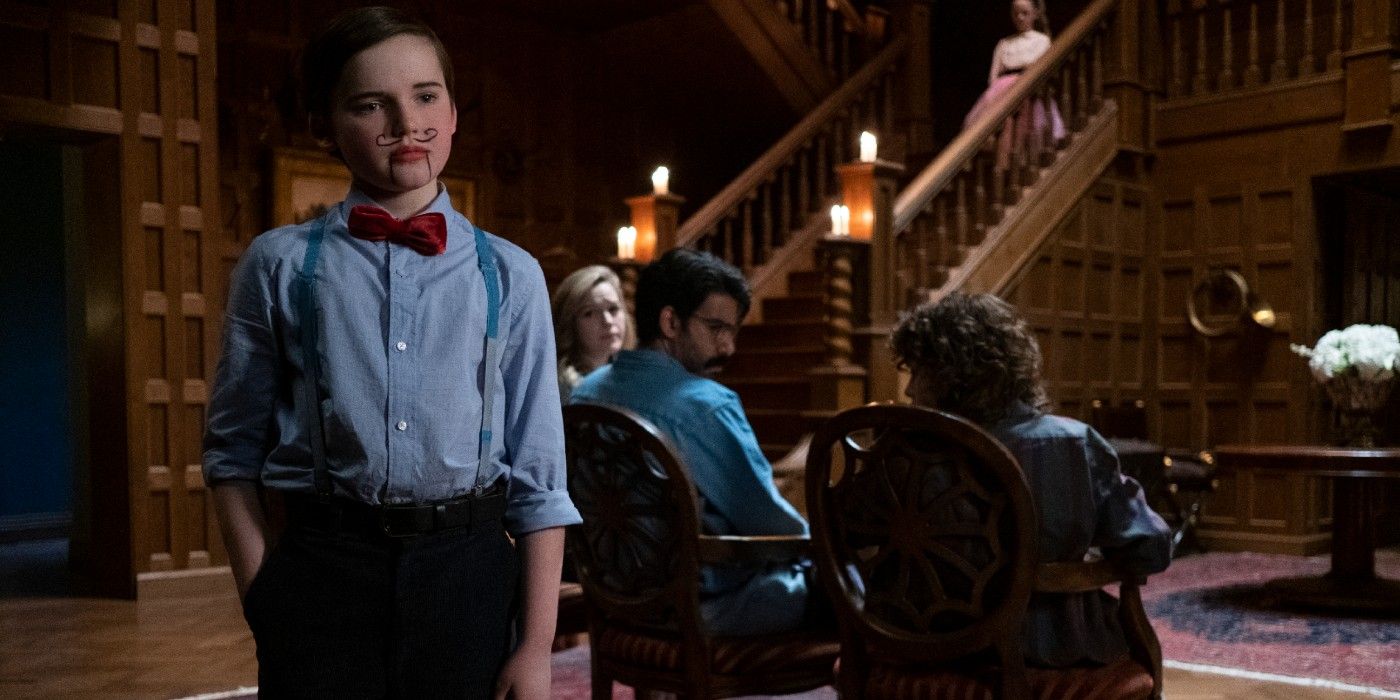
The first difference is that The Haunting of Bly Manor changes the year that the story takes place. Rather than the late-1800s, it takes place during 1987. It is important to note that the very beginning of the series starts with The Storyteller (Carla Gugino) introducing the tale during the eve of a wedding rather than the original story, which takes place on Christmas Eve. The Turn of the Screw's narrator reads from the governess's manuscript on the events that took place at the manor. The Storyteller, on the other hand, saw some of the events first hand and loved the au pair - the term was updated for the time period from governess - because she is actually Jamie and the wedding is Flora's. This rids the 1898 story of the unreliable narrator. Audiences can trust The Haunting of Bly Manor's due to the fact that she experienced some of it.
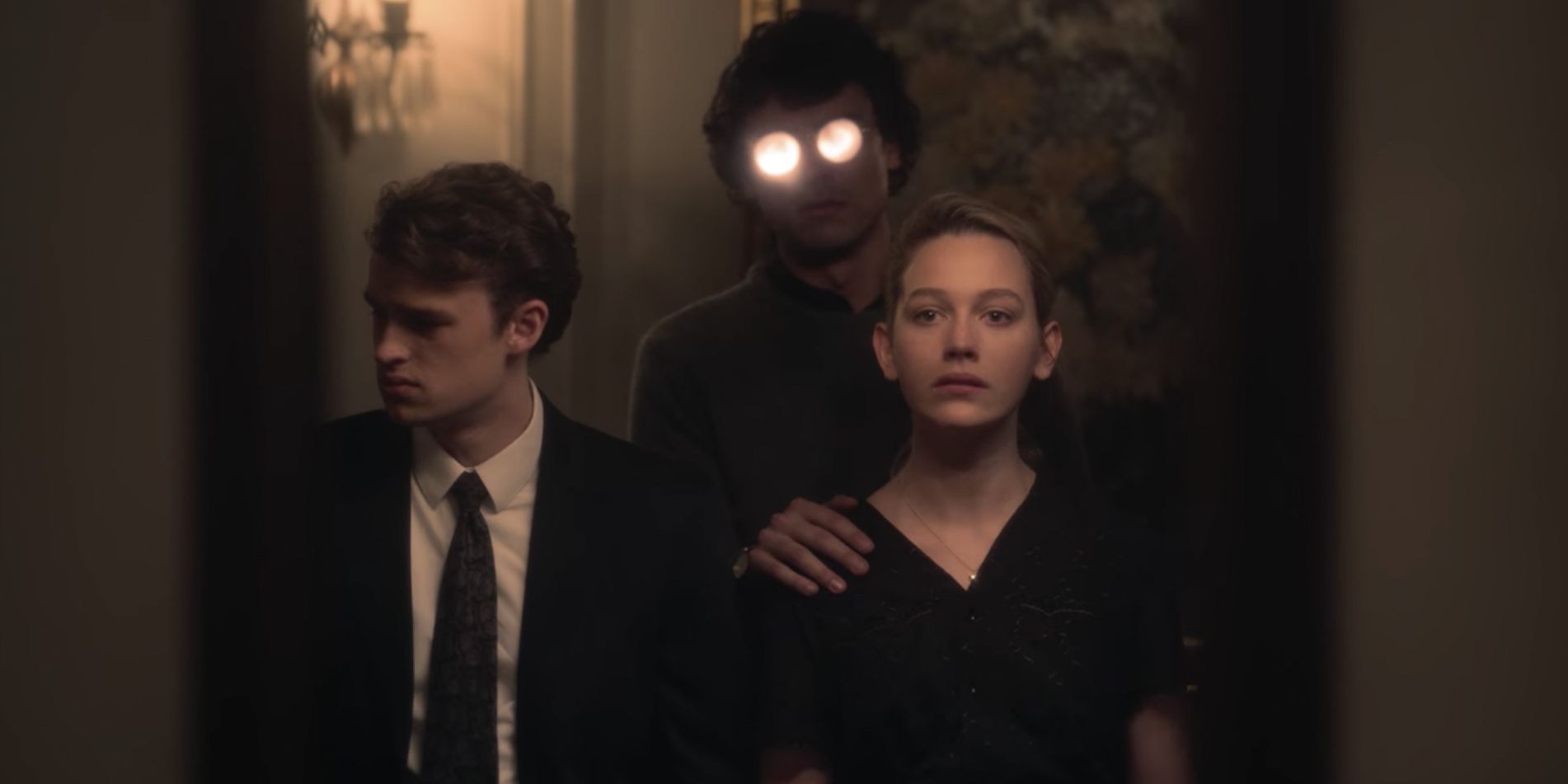
The unreliable narrator in The Turn of the Screw is the governess. It is one of the most important roles that she plays in the novella. By using this literary device, it causes the reader to question the governess's sanity, as well as the legitimacy of the ghosts that she believes, are real. In essence, it's unclear whether she could be making everything up in her head. The Haunting of Hill House alum Victoria Pedretti portrays Danielle "Dani" Clayton, who is named after Jack Clayton, the director of The Innocents, which was almost an exact adaptation of the story. She is not the narrator nor is her story being retold, therefore, she cannot be an unreliable narrator. There are several major changes to the governess in The Haunting of Bly Manor. Her narration is one of the biggest but it is closely followed by her relationship with Jamie the gardener, the death of her fiancé, and her ending.
Dani's fiancé is named Edmund, which is actually a reference to another Henry James story, "Sir Edmund Orme," about a man who haunts the woman who broke his heart. This is one way that Flanagan weaves in other stories from the iconic author and it serves the plot by complicating Dani's ability to accept her sexuality and move on. The addition of her love story with Jamie is what gave The Haunting of Bly Manor the warmth and hopefulness that is featured in the ending, as well as providing a purpose to the narrator's storytelling. Her death, on the other hand, rewrites the governess character. In The Turn of the Screw, it is alluded that the governess has killed Miles. Instead of confronting Peter Quint's spirit and his control over the young boy, Dani allows the lady in the lake to enter her body to save Flora. The governess is given a redemption arc in this adaptation of The Turn of the Screw.
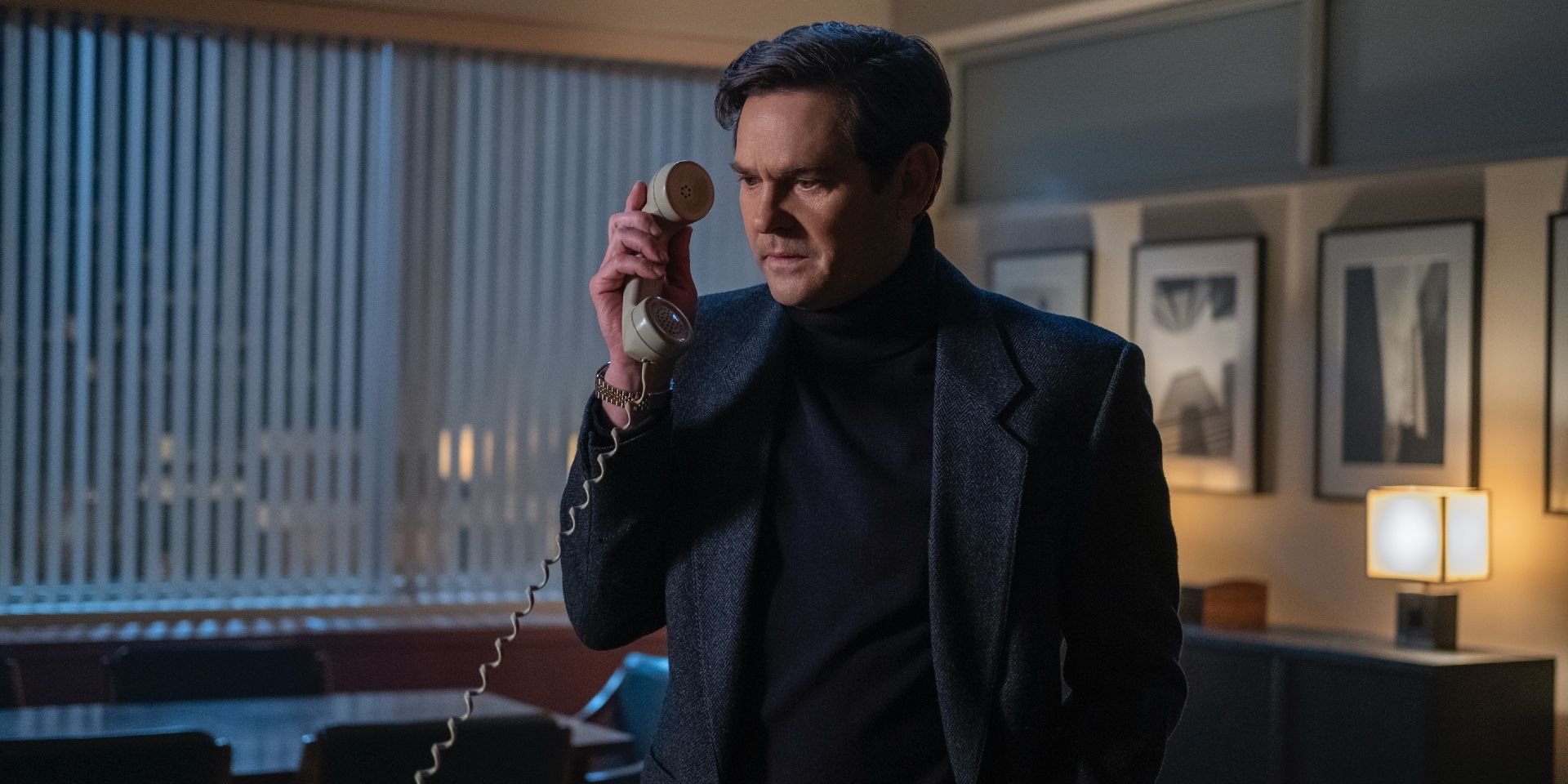
Uncle Henry has a complicated and heartbreaking backstory in The Haunting of Bly Manor. In The Turn of the Screw, he is only identified as Miles and Flora's uncle who wants little to nothing to do with them for inexplicable reasons. Mike Flanagan's series provides the character with a purpose for staying away from Bly and the children. He had an affair with their mother, his sister-in-law, which resulted in her pregnancy with Flora. Once his brother found out, he was banished from the Manor and is forced to live with himself and his doppelgänger, influenced by "The Jolly Corner," while his sadness festers. It is a major shift from Uncle Henry having no backstory to a wonderfully complicated one.
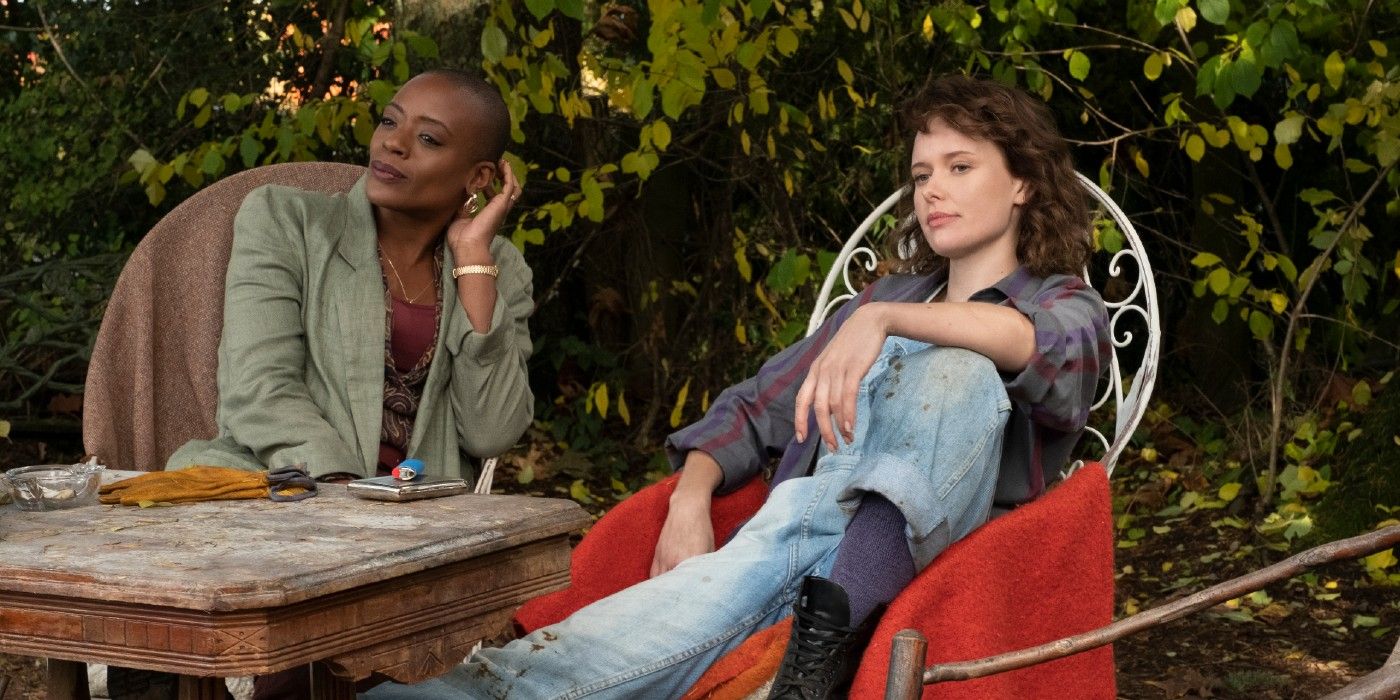
While there are various characters who appear as ghosts from other Henry James stories, two, in particular, were added to the main story. Owen the cook (Rahul Kohli - who will return for Flanagan's Midnight Mass) and Jamie the gardener (Amelia Eve) were made to set up the relationships between existing characters as well as set up the entire story. Jamie becomes The Storyteller at Flora's wedding because there needed to be a narrator who had some connection to the family and the governess. Due to her civil union with Dani and working on the property, she knows better than anyone the impacts that Bly Manor had on the people within it.
Owen is the love interest of Hannah Grose, who is the nanny in both The Haunting of Bly Manor and The Turn of the Screw. With the addition of Owen, Hannah is given a much deeper and meaningful backstory full of pain and desire. He serves as a plot device to further her characterization as well as add some comedic relief with his food-related puns. Neither Jamie nor Owen existed in James's story, but they have been positively received by audiences.
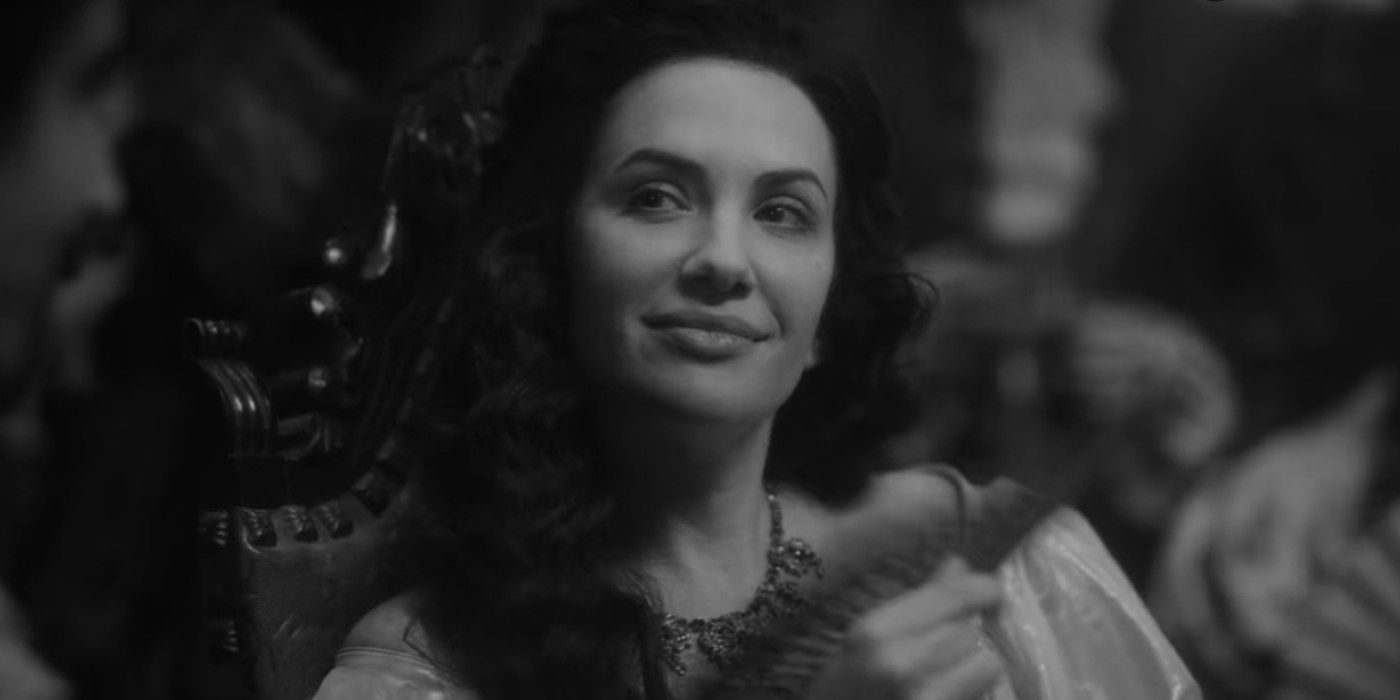
Some of Bly Manor's ghosts chose to remain hidden in the darkest corners of the Manor, while others entered the story without hesitation. Despite the fact that there are fewer ghosts in Bly Manor than there were in The Haunting of Hill House, Flanagan strategically chose spirits that would elevate the story rather than play up the fear factor. Due to Viola Lloyd's creation of the ghostly gravitational pull on the property, the souls of the people who die there are forced to remain until their memories fade with their faces. She and her sister Perdita, the ghost in the attic, are the oldest ghosts on the property but they did not exist in the original story. They originated in the short story "The Romance of Certain Old Clothes" and serve as an explanation for why spirits remain at Bly Manor. While Miss Jessel and Peter Quint were the primary ghosts in The Turn of the Screw, their role is somewhat underplayed in The Haunting of Bly Manor. Quint plays a role in Miles's death in the novella and Miss Jessel was the original lady in the lake.
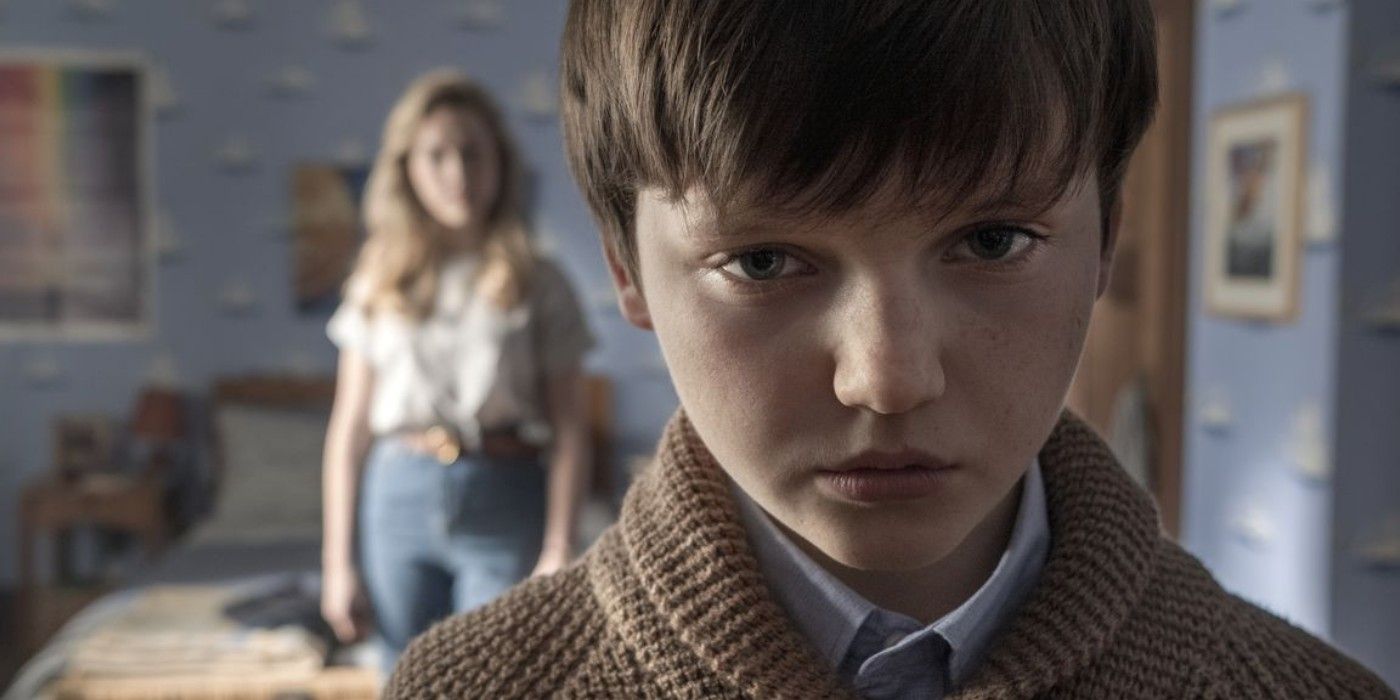
The biggest change from The Turn of The Screw is the ending to The Haunting of Bly Manor. Instead of the governess holding Miles in her arms as she tells him to no longer fear Peter Quint, Dani and Viola are the primary basis for the ending. In James's novella, Miles tells the governess everything he had done wrong at boarding school and, as she looks down at the boy, she discovers he is dead. The ending resulted in the debate on whether or not the governess killed Miles due to the deterioration of her sanity and her unreliable narration. Regardless of whether or not she killed the boy, this is where The Turn of the Screw ends.
The Haunting of Bly Manor concludes after Dani allows Viola - the lady in the lake - to enter her body to save Flora from a watery death. After years of struggling to keep the spirit at bay, she goes back to Bly Manor and drowns herself to save those around her from the threat of Viola's return. Once Jamie ends the story, she attends Flora's wedding and goes to her room. After falling asleep, Dani's ghostly hand is seen resting on her shoulder, showcasing that no one ever truly leaves. Mike Flanagan's ending encapsulates the love story disguised as a ghost story. While he made several drastic changes to The Turn of the Screw, they ultimately paid off and made The Haunting of Bly Manor a hauntingly beautiful love story that upholds the eerie atmosphere of Henry James's stories.
from ScreenRant - Feed https://ift.tt/34Nt9Ht





No comments: